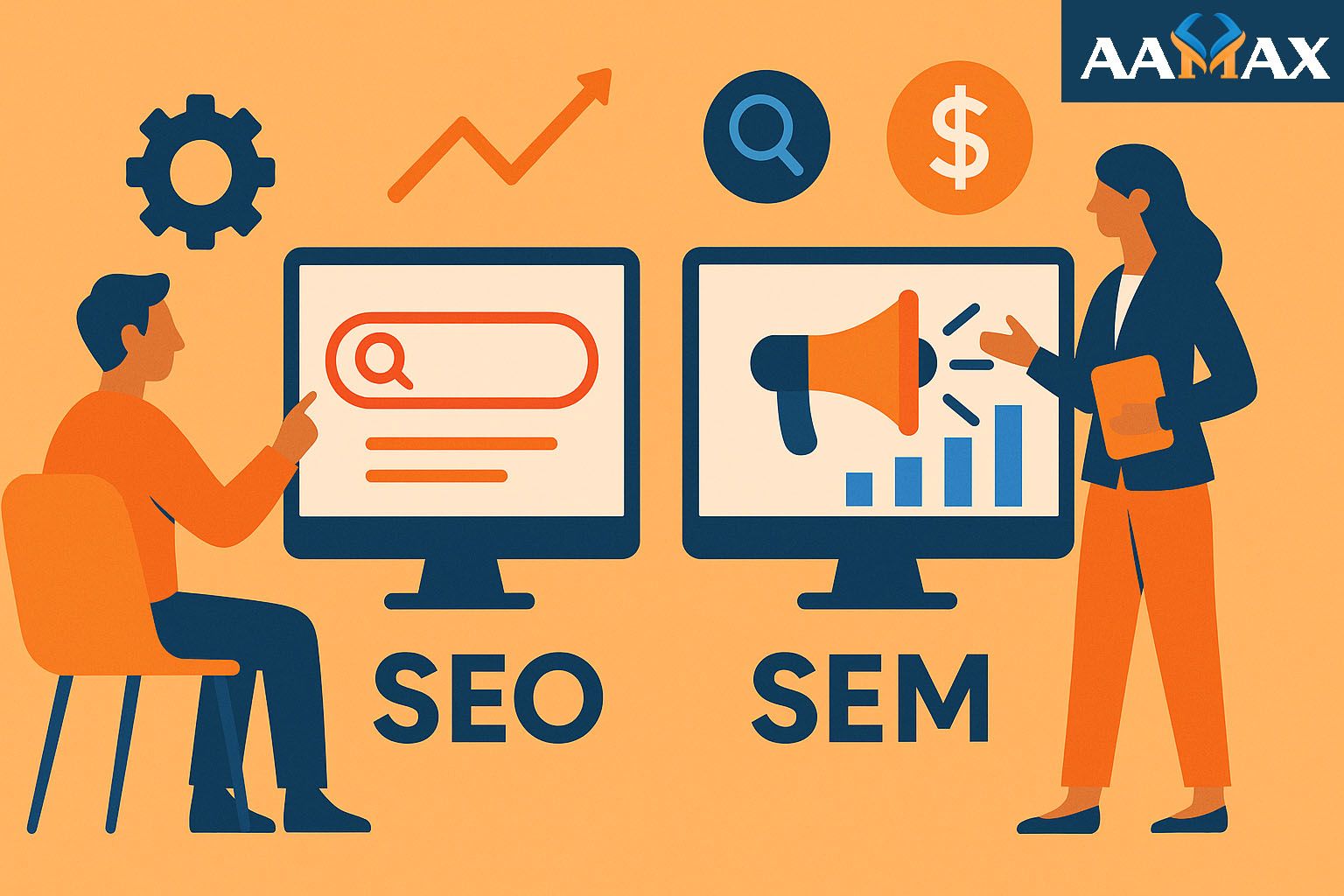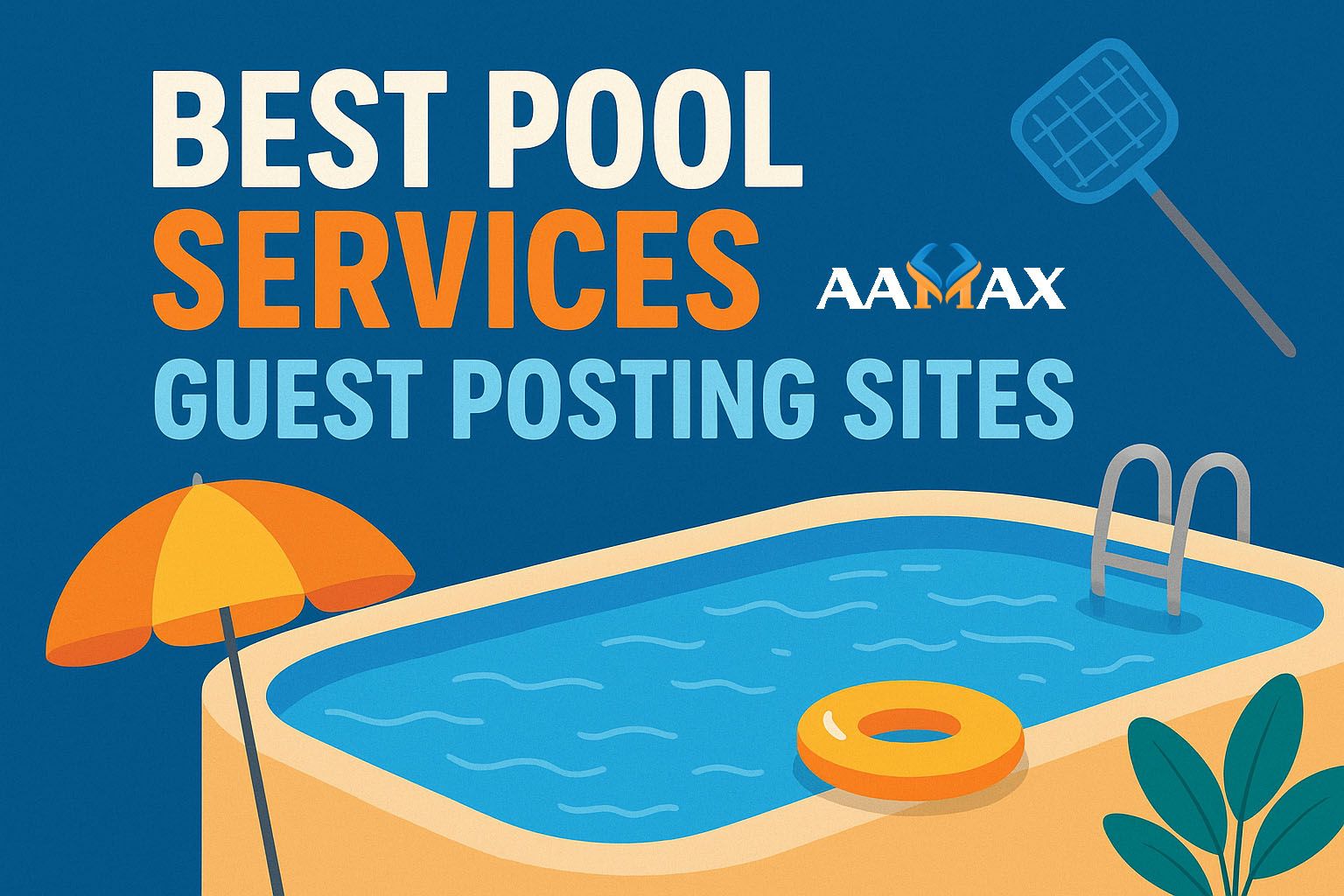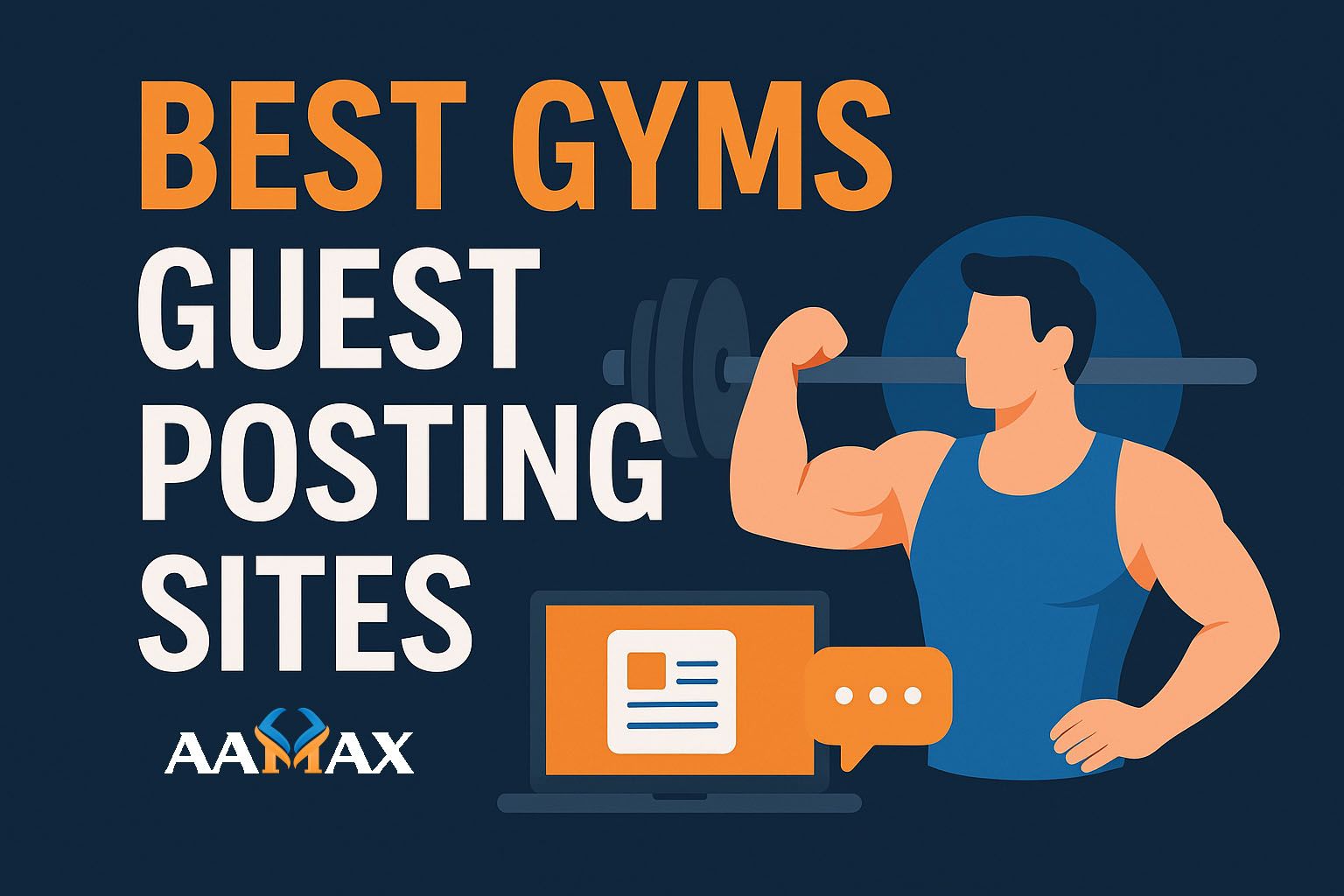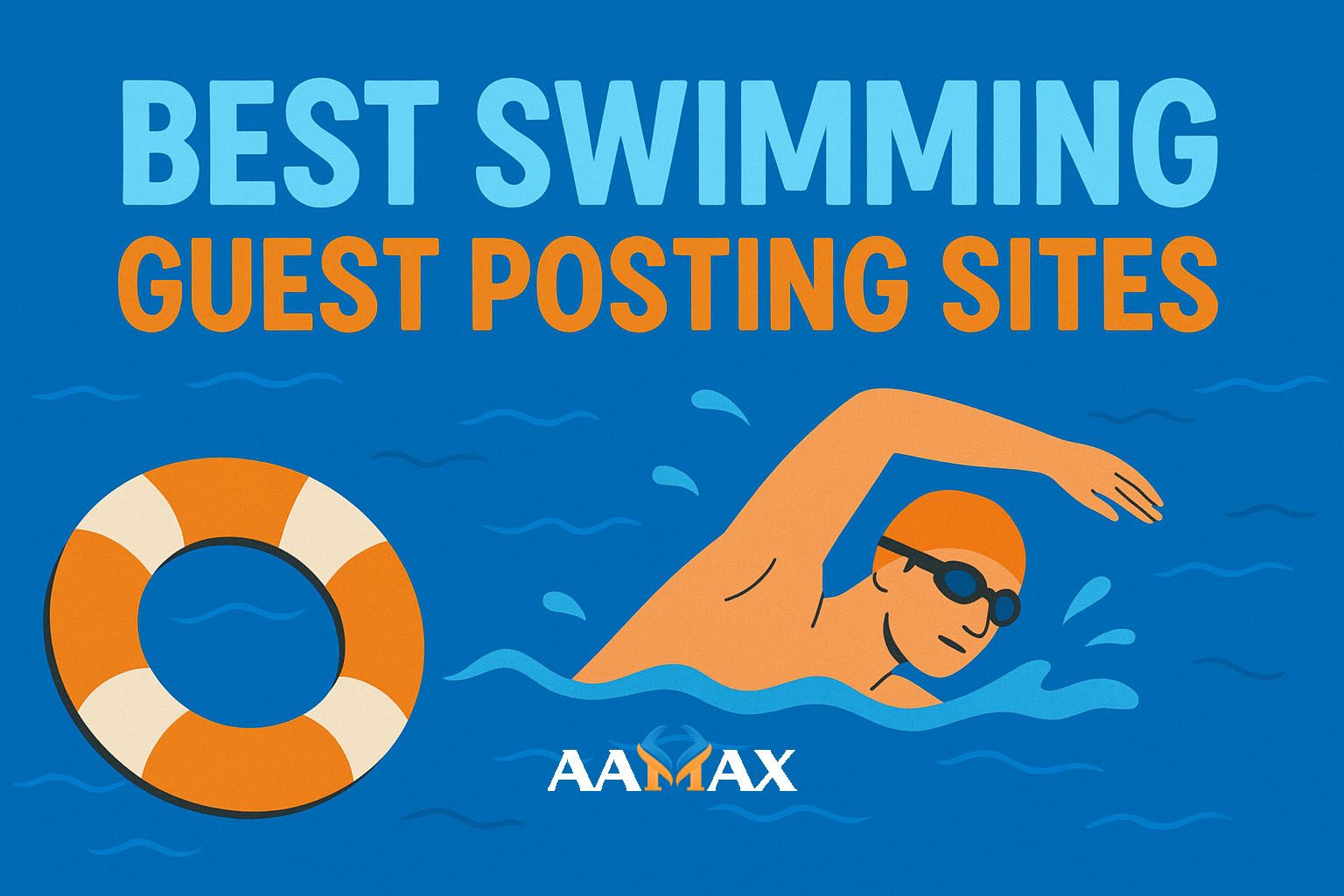
SEO vs. SEM: What's the Difference & Which Is Right for You?
In today's hyper-competitive digital landscape, getting your business noticed online is no longer optional—it's essential. Two of the most powerful strategies for increasing online visibility are SEO (Search Engine Optimization) and SEM (Search Engine Marketing). While they share the common goal of driving traffic to websites, they operate very differently and offer distinct advantages.
In this article, we’ll explore what SEO and SEM are, how they differ, and which one is right for your business. Whether you're a startup trying to build brand awareness or an established company seeking rapid growth, understanding these strategies can give you the competitive edge you need.
What Is SEO (Search Engine Optimization)?
SEO, or Search Engine Optimization, is the practice of improving your website’s organic (non-paid) visibility on search engines like Google, Bing, and Yahoo. The primary goal of SEO is to rank higher in the search engine results pages (SERPs) for relevant keywords and queries.
Key Components of SEO
- On-Page SEO: Involves optimizing individual pages with relevant keywords, meta tags, headings, content quality, and internal linking.
- Off-Page SEO: Includes building backlinks from reputable websites, brand mentions, and social sharing.
- Technical SEO: Ensures that your site is crawlable and indexable by search engines. Includes XML sitemaps, site speed optimization, mobile-friendliness, and structured data.
- Content SEO: Focuses on creating valuable, relevant, and keyword-optimized content that meets user intent.
Pros of SEO
- Cost-effective in the long run
- Builds credibility and trust
- Higher click-through rates (CTR) than paid ads
- Sustainable long-term growth
- Drives organic traffic continuously
Cons of SEO
- Takes time to show results
- Requires continuous effort
- Can be impacted by algorithm updates
- Highly competitive
What Is SEM (Search Engine Marketing)?
SEM, or Search Engine Marketing, refers to paid marketing strategies used to increase visibility in search engine results. Often, SEM is synonymous with PPC (Pay-Per-Click) advertising, especially on platforms like Google Ads, Bing Ads, and Yahoo Gemini.
Key Components of SEM
- Keyword Research: Identifying high-intent keywords that drive traffic and conversions.
- Ad Creation: Writing compelling ad copy that appeals to your target audience.
- Bidding Strategy: Setting a budget and bidding on keywords to secure top ad placements.
- Landing Pages: Designing optimized landing pages that encourage user action.
- Performance Tracking: Using tools like Google Ads and Analytics to monitor campaign performance and ROI.
Pros of SEM
- Immediate visibility and results
- Highly targeted advertising
- Full budget control
- Easy to test and optimize
- Excellent for product launches and promotions
Cons of SEM
- Can be expensive, especially for competitive keywords
- Requires constant investment
- Lower trust factor compared to organic results
- Traffic stops when the campaign ends
SEO vs. SEM: The Key Differences
| Feature | SEO | SEM | |-----------------------|---------------------------------------|--------------------------------------| | Traffic Type | Organic (unpaid) | Paid (advertising) | | Time to Results | Long-term (3–6 months or more) | Immediate (as soon as ads go live) | | Cost | Time and resources | Direct monetary investment | | Sustainability | Long-term results | Stops when the budget runs out | | CTR | Generally higher | Lower than organic | | Targeting Options | Limited (based on content) | Advanced (location, device, intent) | | ROI Predictability| Variable | Easier to calculate |
When Should You Choose SEO?
You should consider focusing on SEO if:
- You’re looking for long-term growth and sustainable traffic
- You want to build brand authority and trust
- Your business can afford to wait several months for results
- You want to reduce dependence on paid ads
- You're in a niche with lower competition
SEO is perfect for content-driven strategies, local businesses, blogs, eCommerce, and service providers who want to generate continuous organic traffic without paying for every click.
When Should You Choose SEM?
SEM is ideal if:
- You need fast results and immediate visibility
- You’re launching a new product or service
- You're running a time-sensitive campaign
- You have a flexible budget for advertising
- You want to target specific demographics or locations
SEM is highly effective for eCommerce stores, event promotions, B2B lead generation, and retargeting campaigns.
Should You Use Both SEO and SEM?
Absolutely. The best digital marketing strategies often combine both SEO and SEM. Here's how they can complement each other:
- Use SEM for immediate traffic and A/B testing landing pages or keywords
- Use SEO to build a foundation of evergreen content that ranks over time
- Leverage SEM to identify high-converting keywords, then target those in your SEO
- Combine insights from both to refine targeting and messaging
This hybrid approach ensures you're visible in both paid and organic listings, dominating more real estate in the SERPs.
Real-World Example
Imagine you're launching a new online course. You might:
- Use SEM to promote your course launch, drive signups, and test headlines and offers.
- Simultaneously build an SEO strategy by creating blog posts, optimizing landing pages, and earning backlinks to improve your domain authority.
Over time, your organic traffic increases, and you can reduce your SEM budget while still enjoying a steady flow of leads.
Tools to Support SEO and SEM Efforts
SEO Tools
- Google Search Console
- Ahrefs
- SEMrush
- Yoast SEO (for WordPress)
- Screaming Frog
SEM Tools
- Google Ads
- Microsoft Advertising
- SpyFu
- Unbounce (landing pages)
- AdEspresso
Common Mistakes to Avoid
In SEO
- Keyword stuffing
- Ignoring mobile optimization
- Failing to update old content
- Overlooking technical SEO
In SEM
- Not setting a daily budget cap
- Using broad match keywords without negative keywords
- Sending paid traffic to poorly optimized pages
- Ignoring campaign data and failing to optimize
Choosing the Right Strategy for Your Business
Ask yourself:
- What is your budget?
- How quickly do you need results?
- Are you building a brand or promoting a product?
- What is the lifetime value of your customers?
- Do you have the resources for ongoing content creation?
If your goal is brand awareness and long-term ROI, start with SEO. If you need fast leads or conversions, SEM is your go-to. For many businesses, a combination of both is the sweet spot.
Partner with AAMAX for Expert SEO and SEM Services
Navigating the complexities of SEO and SEM can be overwhelming. That’s why partnering with a trusted digital marketing agency can make all the difference.
AAMAX is a full-service digital marketing company specializing in:
- Search Engine Optimization (SEO)
- Pay-Per-Click (PPC) Advertising
- Web Development
- Social Media Marketing
- Content Strategy
With years of experience and a proven track record, AAMAX helps businesses of all sizes scale their online presence, generate leads, and increase ROI through customized digital strategies.
Whether you’re starting from scratch or looking to improve existing campaigns, the experts at AAMAX have the tools and expertise to deliver results.
Final Thoughts
Understanding the difference between SEO and SEM is essential for creating an effective digital marketing strategy. While SEO offers long-term benefits and credibility, SEM provides immediate results and targeted exposure. The most successful businesses leverage both to maximize their reach and growth potential.
Ready to take your digital marketing to the next level?
Hire AAMAX today and let the professionals craft a strategy that works specifically for your business goals.







